Today, July 31st is Lā Ho‘iho‘i Ea (Restoration Day), the 174th anniversary of the return of sovereignty to King Kamehameha III in 1843 by the British government represented by Admiral Richard Thomas. It was on this day that King Kamehameha III proclaimed to the Hawaiian people on the steps of Kawaiaha’o church what is now Hawai‘i’s motto: “Ua mau ke ea o ka ‘āina i ka pono” or “The sovereignty of the land is preserved through justice.” It is a time Hawaiians should use to reflect on just what is the Hawaiian “nation”? The monarchy is long gone, the trappings of sovereignty no longer have sway, and we are citizens of a powerful nation state, no matter how uncomfortable it might be for some. So what about this talk of Lāhui, nationhood, sovereignty?
As I reflect on the concept I am immediately struck by the loud voices and shaking fists surrounding the issue of sovereignty for Hawaiians. On the whole I have tended to stand to the side of the debate over the years, as I have seen how the core issues have a hard time emerging through emotions, strong language, and personal attacks from advocates on the many sides. There is much to be upset by as you delve into the complicated relationship of the United States and the Kingdom of Hawai‘i. Legal and conceptual arguments about the nature and path to a renewed Hawaiian government can get very vocal and very personal, very quickly. I have watched arguments slide very soon into ad hominem assaults on the characters of the people engaged in the discussions, dividing families, ending friendships, galvanizing our youth, and dismaying many others in the Hawaiian community. After all is said and done, however, there seems to be no clear definition of the Hawaiian nation and no universally accepted path to its final construction. The ‘Aha movement created a first step in the process, but most would agree the future is at best unfocused.
A number of years ago I discovered my great grandmother’s, my grandmother’s, and my grand aunt’s signatures on the anti-annexation petition signed in 1897. Twenty or thirty thousand Hawaiians signed the petition, but to no avail, as the following year the U.S. annexed Hawai‘i in what many consider to be an unconstitutional congressional resolution. I mention the petition because it is an important framework I have used to challenge my five children and my thirteen grandchildren on what to remember as they are called to make important decisions in their lives. Our kūpuna (elders) were not afraid of the consequences of signing the petition, for they believed it to be “pono” (right, correct) for them and their community. Unfortunately, the large economic-military and political powers at that time decided on a reality that absorbed the Hawaiian nation into the United States.

One hundred and twenty years later with the ongoing sovereignty debate, the tradition of the petition in our family continues to represent a commitment to do what is correct and right in the face of opposition and the threat of negative consequences. In the midst of all of the “paths” to sovereignty before us, what is one that is “pono”? My personal preference is for an entity that can control significant resources for the benefit of the Hawaiian community. Whether that be a “nation within a nation” or some other political structure is not a burning issue for me. What is important, is the challenge before the Hawaiian people to build a community/nation. It strikes me that pursuing international groups to declare the Hawaiian people a nation is sort of like putting the cart before the horse. These efforts have raised the issue and kept it public, but they were not combined with efforts that actually addressed the fundamental needs of the Hawaiian nation. You may have something that looks good on the outside, but something that lacks a viable foundation. What we really need to do is define the umbrella that covers our intended Lāhui so we can truly begin the process of creating a nation. What are our fundamental values? What shape does our communal commitment to children, kūpuna, the poor, and the sick look like? How does our culture guide us in the relationships between the rich and powerful and the poor and cast aside? Where is our discipline in speaking the “language” of our Lāhui and refusing to use the language and values of other groups? When you start to look at nationhood from this perspective we begin to realize that we’ve been building a house from the roof down… lots of views and pizzazz, a lot of sparks and noise, but little or no foundation.
We must first be a community and agree on the values that define our community and set it apart. The resources that are available to us should be wisely managed and focused on the following. We need to educate and care for our young and cherish and protect our elders. We need to provide education and opportunities for our people as they enter the economic system. We must reaffirm and enrich our cultural and linguistic heritage that makes the Hawaiian people unique. As a community, we must insist on servant leaders to move us forward. As we work to achieve these goals, our Hawaiian nation or community will become a reality and not be dependent on the opinions and labels of others.
The issue of sovereignty has been a divisive one for our community. We need to step back from the rhetoric and the passion that has marked this discussion and refocus on the hard challenges of caring for our children and families. The community that we seek to build and its values need to be something much, much larger than our individual focal planes. As we develop one mind about these values that will define us, we can then use them as a filter to avoid the distractions of conflicts unrelated to the true task of nation building.
 Kaulana Nā Pua (Famous Are The Flowers), is a mele of opposition to the annexation of Hawaiʻi to the United States, written by Ellen Kehoʻohiwaokalani Wright Prendergast in 1893. In 2013 Project KULEANA and Kamehameha Publishing produced a collaboration of the mele you can view here. Lyrics and translation below are from huapala.org.
Kaulana Nā Pua (Famous Are The Flowers), is a mele of opposition to the annexation of Hawaiʻi to the United States, written by Ellen Kehoʻohiwaokalani Wright Prendergast in 1893. In 2013 Project KULEANA and Kamehameha Publishing produced a collaboration of the mele you can view here. Lyrics and translation below are from huapala.org.






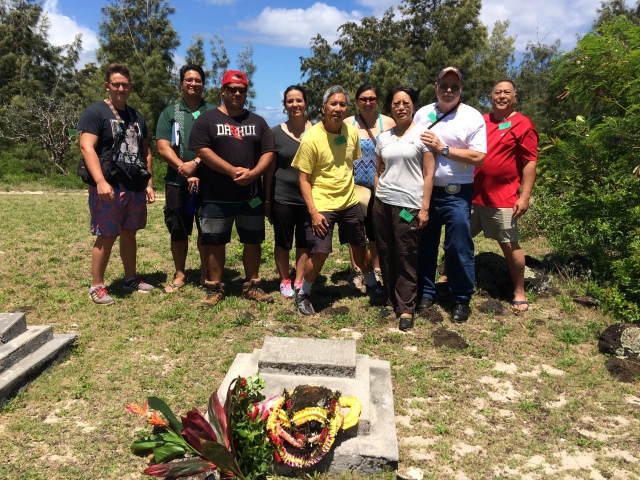










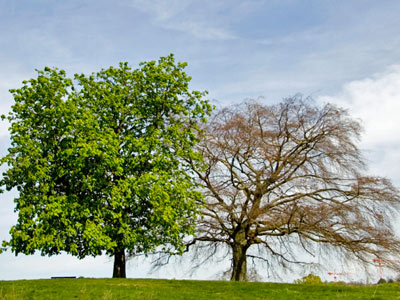


 Thanks to the generosity of the United Church of Christ- Judd Street, our Foundation has enjoyed having its administrative hub in the former manse of the church at the very door of Nu‘uanu. For over a decade we have dealt with the management of a growing statewide organization dedicated to positive transformational change for needy Hawaiian children and their families. Free traveling preschools, preschools in homeless shelters and on the beaches, foster parenting and recruitment, care for adjudicated young men, and more all get support from our small office in Nu‘uanu.
Thanks to the generosity of the United Church of Christ- Judd Street, our Foundation has enjoyed having its administrative hub in the former manse of the church at the very door of Nu‘uanu. For over a decade we have dealt with the management of a growing statewide organization dedicated to positive transformational change for needy Hawaiian children and their families. Free traveling preschools, preschools in homeless shelters and on the beaches, foster parenting and recruitment, care for adjudicated young men, and more all get support from our small office in Nu‘uanu.











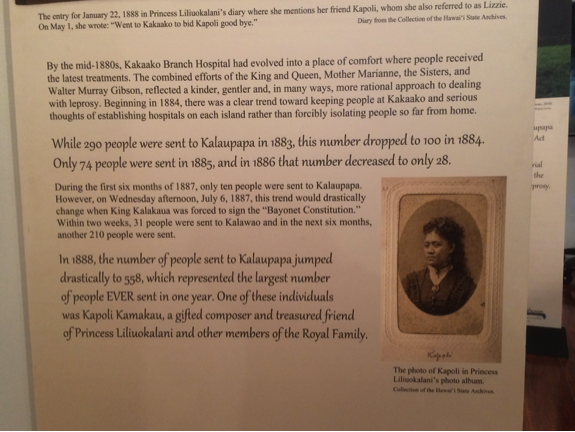
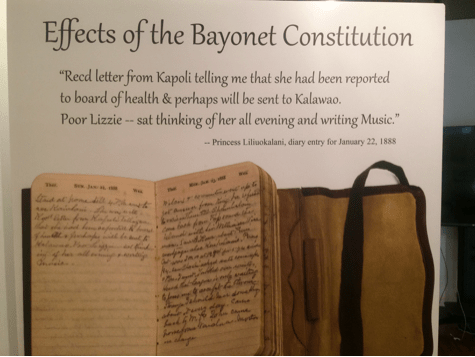










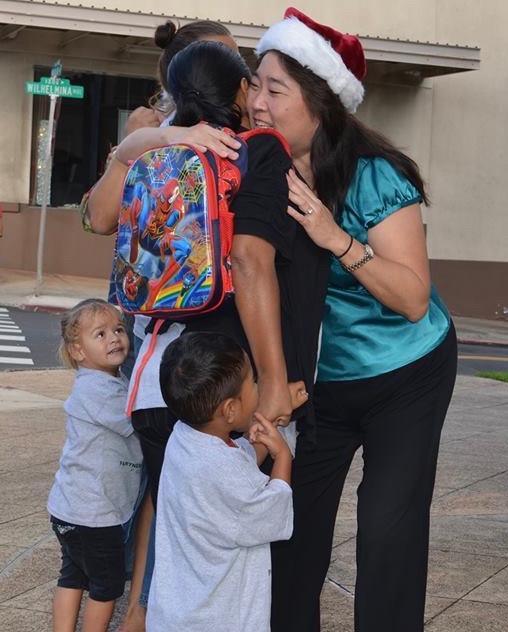

 I imagine I spent several summers with Uncle Bill, Aunty Blanche, and Kathryn in San Francisco. I remember them as being exciting days being Uncle Bill’s sidekick and watching him paint houses and work at his other profession: professional gambling. Uncle Bill would take me out to Petaluma to visit his friends who ran a cockfighting arena outside of town (and where he ran a blackjack concession that did very well), a place that was the center of activity on the weekends, particularly for the Filipino farm workers. He also would take me from time to time to pool rooms in Chinatown and ask me to sit in a chair downstairs while he “went to the bathroom” for a couple of hours. Invariably he would come down from the “bathroom” and say, “Ok boy, let’s go get Aunty Blanche and Kathryn and go eat pake food.” It was obvious that the trips to the bathroom were profitable.
I imagine I spent several summers with Uncle Bill, Aunty Blanche, and Kathryn in San Francisco. I remember them as being exciting days being Uncle Bill’s sidekick and watching him paint houses and work at his other profession: professional gambling. Uncle Bill would take me out to Petaluma to visit his friends who ran a cockfighting arena outside of town (and where he ran a blackjack concession that did very well), a place that was the center of activity on the weekends, particularly for the Filipino farm workers. He also would take me from time to time to pool rooms in Chinatown and ask me to sit in a chair downstairs while he “went to the bathroom” for a couple of hours. Invariably he would come down from the “bathroom” and say, “Ok boy, let’s go get Aunty Blanche and Kathryn and go eat pake food.” It was obvious that the trips to the bathroom were profitable.





